Once Lenny Bernstein, born on 25 August 1918 had graduated from Boston Latin High School, it was time to choose a university.
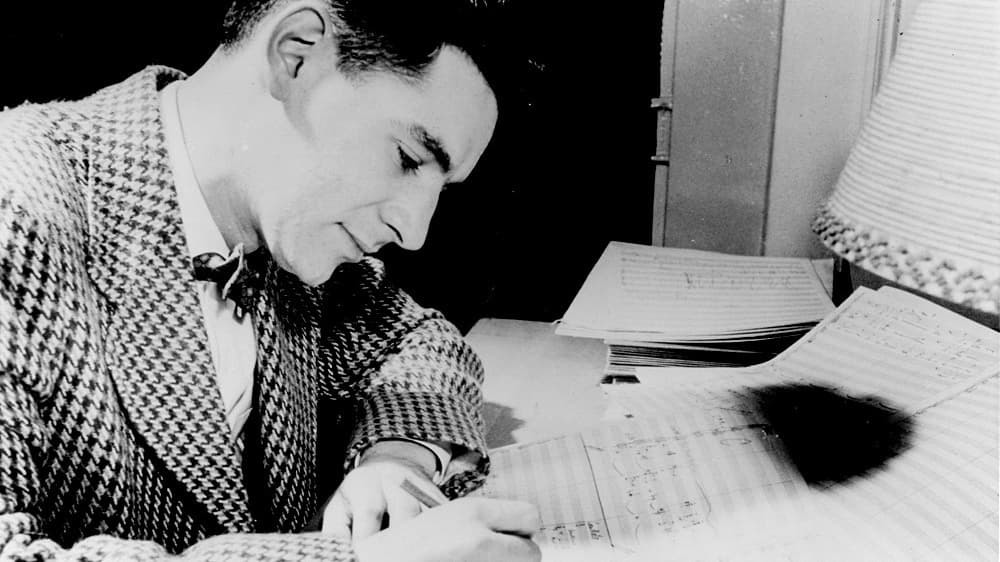
Leonard Bernstein (Lenny Bernstein)
He applied to Harvard, and although his grades had been high, his chances of getting into that most prestigious university were slim. During the 1930s, Harvard had a quota system in place that limited the number of Jewish students who could be admitted. Nevertheless, he was accepted by Harvard in 1935 as a music major, on account of his many extracurricular musical activities.
Bernstein at Harvard University
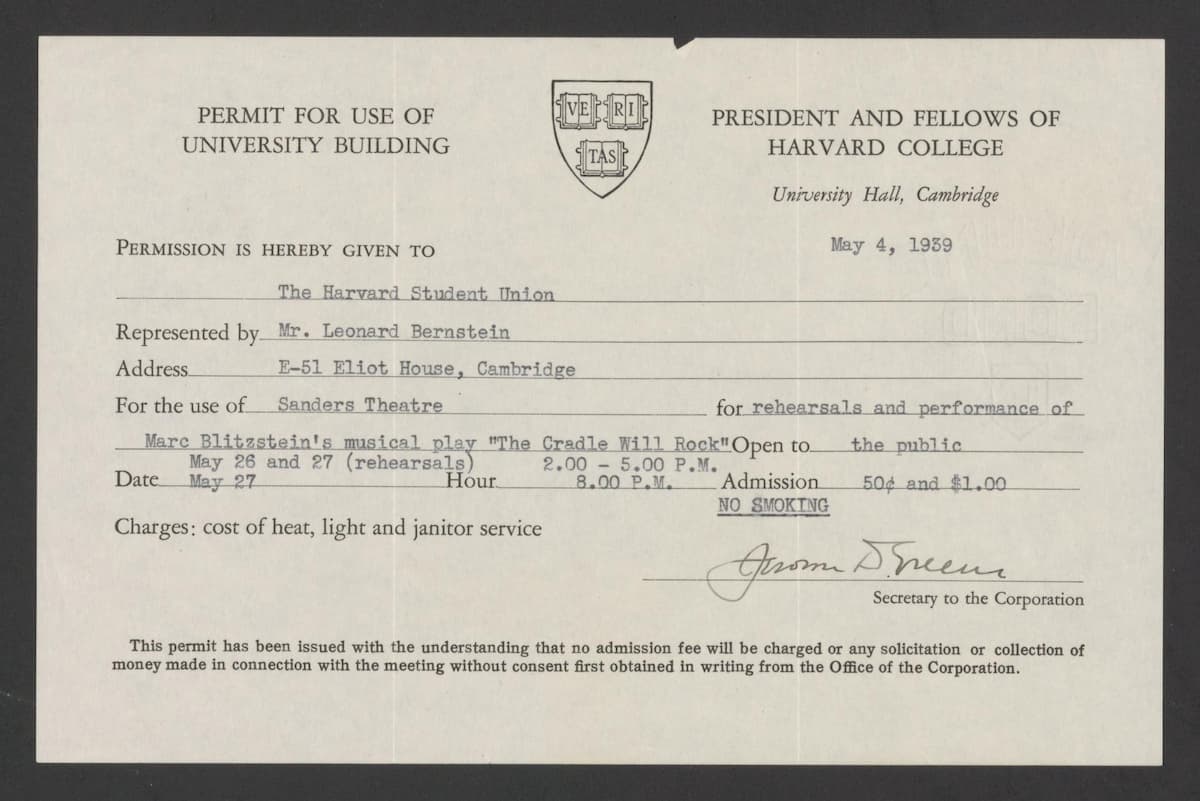
Bernstein’s Harvard permit
For Bernstein, Harvard was probably something of a compromise. On one hand, he was looking to pacify his father, who was still eager to turn over the Samuel Bernstein Hair Company to his son. However, Harvard also meant invaluable business contacts with children of the rich and powerful. His father urged him to concentrate on “something practical like economics,” but Lenny had his heart set on music. He even helped to offset the high cost of tuition by applying and winning various scholarships and grants.
Leonard Bernstein: Psalm 148
The Entertainer
Harvard’s musical standards, at that time, were far below those of the more established music conservatories such as Juilliard and Curtis, but since Lenny was undecided on his general musical direction, it suited him just fine. He moved into Wigglesworth, a freshmen residence, and brought his piano along. His classmates report that “Lenny liked to play late at night, but we knew it would not be good to complain.” His fellow students quickly thought that Lenny was a genius, “as there was nothing he couldn’t play.”
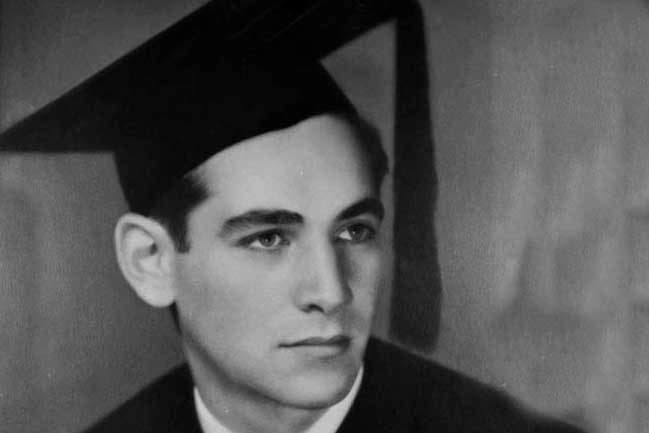
Leonard Bernstein, 1939 Harvard Graduation
Frequently in the evening or after dinner, Lenny would go into the Freshman Union and perform for hours. You could test him; popular, Gilbert and Sullivan, jazz, the classics, he could do it all, and sing it, too. Lenny took general music courses at Harvard, and the emphasis was on preparing students to become teachers of musicologists. Lenny remembered, “You could not study applied music of any sort. It was very strange to walk through the Music Building for two hours and never hear a note because it was all on the blackboard or being discussed in hushed whispers.”
Leonard Bernstein: Piano Sonata (Nathan Williamson, piano)
Formal Lessons
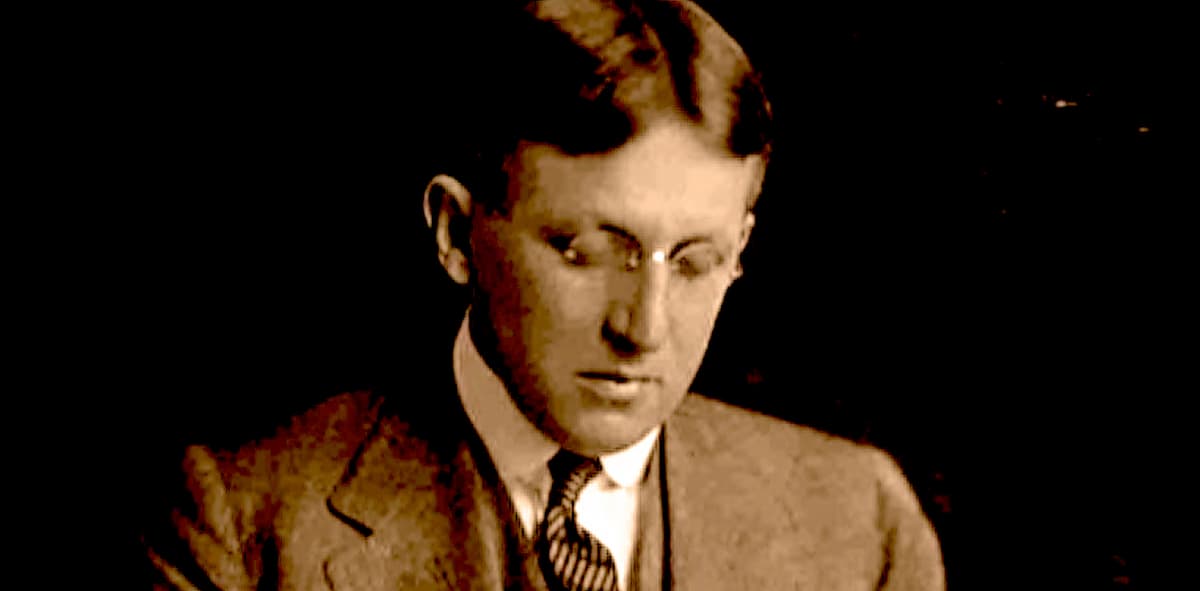
Edward Burlingame Hill
Bernstein took classes with Edward Burlingame Hill and Walter Piston. Lenny loved to tell the story of how Piston was trying to illustrate various melodies that would naturally lend themselves to canon and fugues. And to demonstrate, he picked various national anthems. So he said, “Now let’s try La Marseillaise.” Didn’t work….“Let’s try God Save the King.” Didn’t work, Star Spangled Banner… Didn’t work…and then go through ’em all and then he’d look at the assembled class, and say, “I’m told Bolivia works.”
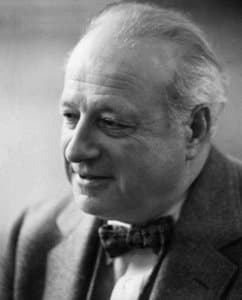
Walter Piston
A delightful anecdote reports that Lenny took a history course, but he was busy with musical projects here and there, and never made it to class. He figured he would just cram for one day. When the exam rolled around, he realized he was in big, big trouble, and showed up for the exam and there was an essay question that said, “Talk about the political forces at work in the Revolution of 1848.” The only thing he could remember was the “Manfred Overture,” and some distant recollection of the political and historical context for this Schumann piece. So he wrote an essay under the title “In 1848, the cat was out of the bag in Europe!” and earned an A minus.
Leonard Bernstein: Music for Two Pianos (Jennifer Micallef, piano; Wayne Marshall, piano)
First Compositions
Life at Harvard was not all music and games, since being Jewish, he was not elected to the Signet Society, a campus group for those interested in the arts. And although he amply demonstrated his gifts as an entertainer, he was never invited to perform with the Hasty Pudding Show, a Harvard revue that put on amusing musicals. His Harvard musical education was guided by Arthur Tillman Merrit, who introduced him to the music of Monteverdi. “We would sit and play and sing and cry with joy,” remembers Lenny. “My god, I will never forget the first time we sang Orfeo and played it four hands together!”
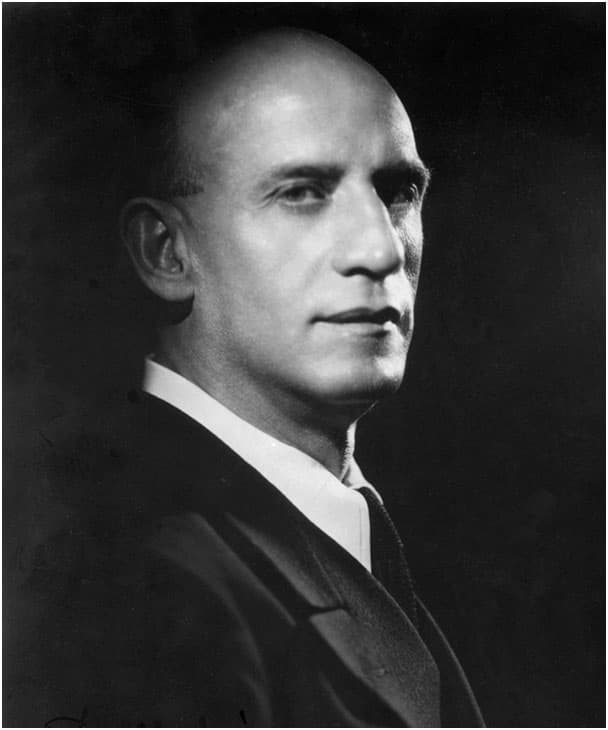
Dimitri Mitropoulos
Bernstein’s first extant composition, Psalm 148 for voice and piano, dates from his first year at Harvard, but his favourite course was the aesthetic class taught by David Prall, a committed music lover whose multidisciplinary outlook on the arts greatly inspired Bernstein for the rest of his life. He also made friends with the future philosopher Donald Davidson, and briefly accompanied the Harvard Glee Club. As a sophomore, Lenny met the conductor Dimitri Mitropoulos who eventually convinced him to become a conductor.
Leonard Bernstein: Music for the Dance No. 2 (Alexandre Dossin, piano)
Professional Debut
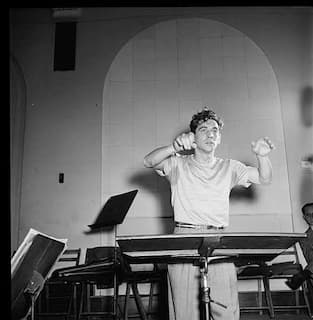
Bernstein conducting
At the beginning of his junior year, Lenny’s life was dominated by his professional debut. On 31 October 1937, he performed the Ravel piano concerto in G with the State Symphony Orchestra. A critic writes, “although only in his teens, Bernstein played with an authority and ease which betoken an unusual talent.” Lenny received a standing ovation, and he graduated from Harvard in 1939 with a Bachelor of Arts cum laude. His senior thesis was titled “The Absorption of Race Elements into American Music.” He argued that jazz, which grew out of African-American culture, was the most important American musical phenomenon in the 20th century.
For more of the best in classical music, sign up for our E-Newsletter
